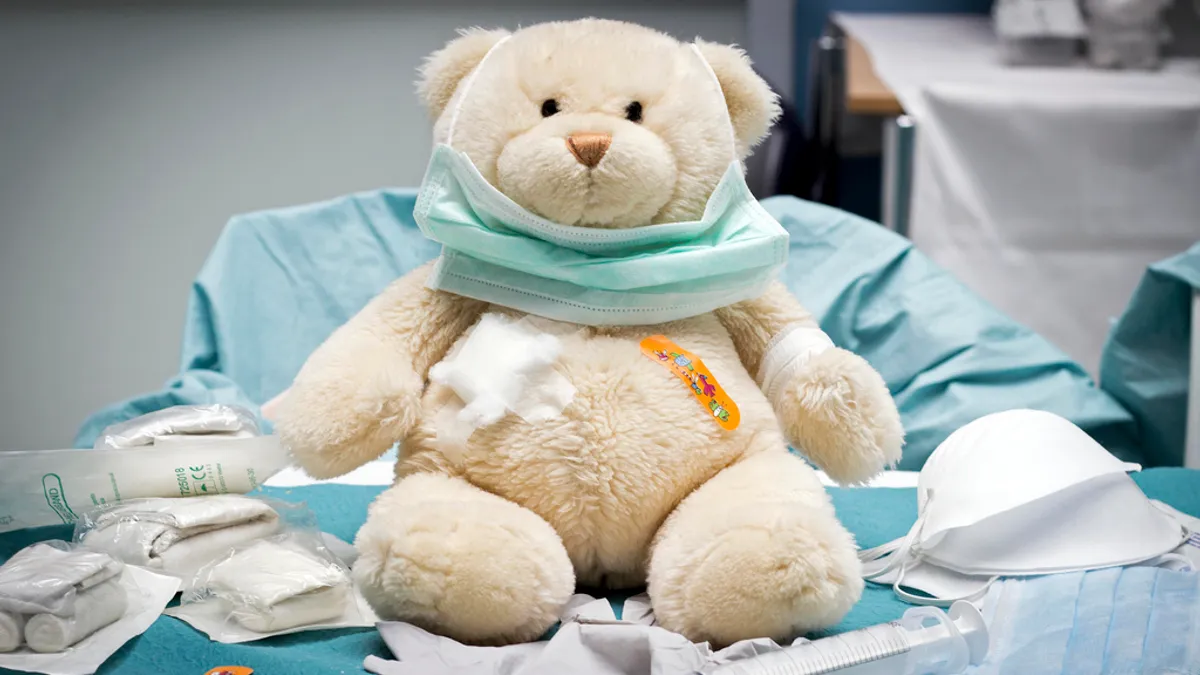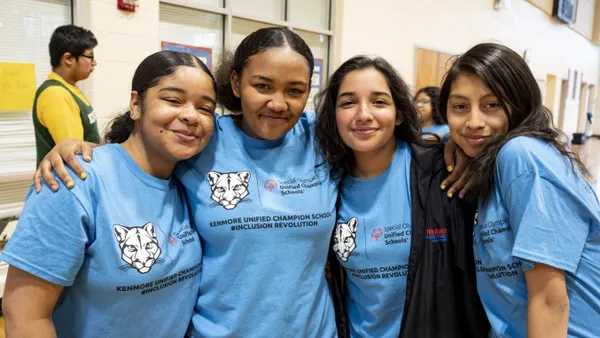Dive Brief:
- Ohio Gov. Mike DeWine’s first two-year budget proposal, revealed last week, came as something of a surprise with an education plan that would provide $550 million across the next two years for wraparound services designed to support the whole child while basic state aid to school would remain the same, The Plain Dealer reports.
- The "student wellness and success plan," if approved, would be largely needs-based, with the wealthiest schools receiving a minimum $25,000 in the 2019-20 school year and $30,000 in 2020-21, while the 122 highest-needs districts would receive a maximum $250 per student. For the Cleveland Metropolitan School District, for example, that would mean an additional $8.9 million in funding for wraparound supports such as mental and physical health services and after-school programs next school year, and $10.7 million in 2020-21.
- The funding, which has received widespread support from the state’s two largest teacher’s unions, would also supplement efforts by Cleveland — an early leader on wraparound services in the state — to increase support services for low-income or at-risk students through its partnership with Say Yes to Education, a program designed to improve wraparound services to students in high school and to provide last-dollar tuition scholarships.
Dive Insight:
Educational approaches that support the whole child rather than focusing solely on academics are increasing in popularity. According to Real Clear Education, the 2017 PDK poll of public attitudes toward education revealed 85% of Americans surveyed feel mental health services should be provided by schools, and 79% feel general health services should be provided. This support also crosses party lines, the article noted.
A recent survey of philanthropic trends in education also revealed donors now seem to be favoring "whole child" approaches to education that provide more wraparound services.
Programs that provide those services are designed to support most aspects of a child’s life. This, in turn, frees up teachers to focus on educational goals rather than meeting basic student needs, and it also brings the child to the classroom in a better condition to learn. Community school models, which bring a wide range of behavioral, social, and health care services to the school campus, are one of the most popular ways to provide wraparound services, though the term is confusing in Ohio where charter schools are more often known as “community schools.”
While providing wraparound services does have clear benefits and may be one of the best ways to level the playing field for students impacted by poverty and other circumstances that can interfere with education, it isn't a panacea for improving academic achievement. Studies on the academic benefits have produced mixed results, though none of those results have been negative.
However, providing these services does impact school climate positively, improves student attendance, and seems to produce students who are healthier and better behaved, making the efforts productive overall. Careful coordination of these services is necessary so they aren't duplicated. Many are already provided by community partners, such as Communities in Schools and local health departments or clinics that may just need space at the school to operate and extra funding to get started. Some of these services can also be extended to teachers, creating an additional motivation in recruiting and retention strategies.













